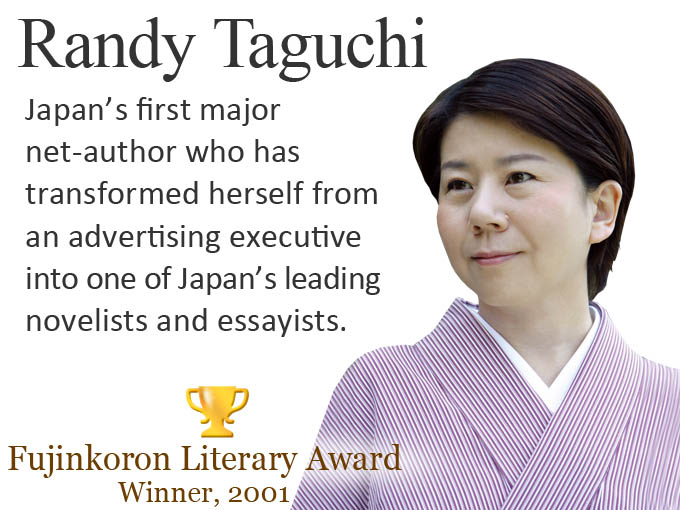Edoardo Chiossone (1833-1898) an Italian painter, engraver and lithographer arrived in Japan in 1875 at the height of Japan’s period of rapid modernisation, known as the Meiji Era (1868-1912), to help design and create the country’s first modern banknotes.
He designed banknotes including: a 5-Yen banknote; the 1878 1-Yen banknote, the first modern Japanese banknote to include an image of an individual the legendary Empress Jingu (170-269); and a banknote with the image of Sugawara no Michizane (845-903) an important Heian Period (794-1185) poet and politician, for example.
The image Chiossone created for the 1-Yen banknote depicts a somewhat European-looking Empress Jingu, wearing heavy ornate necklaces in an oval on the righthand side of the banknote.
In total Chiossone created 500 plates that were used to print bonds, stamps, securities, as well as banknotes for use in Japan. Initially, many were printed outside Japan.
Chiossone, who stayed for 23 years and died in Japan, had a major influence on the world of printing, publishing and even on how the world saw Japan and its Emperor at the time, the Meiji Emperor (1852-1912).
He is also credited with helping found the printing company Toppan Insatsu by training its two founders, as well as training many individuals who went on to transform Japanese printing and publishing.
He worked very closely with Enkichi Kimura (1853-1911), for example, and others helping them to subsequently found Toppan, which has now become a global printing company and runs the Printing Museum, Tokyo. Among other things, the museum proudly displays the world’s smallest printed book, printed by Toppan in 2013.
Modern printing may have taken off much more slowly in Japan had it not been for Chiossone’s important contribution. He lived in Japan during a period when many new newspapers and magazines were launched and printing, like the Internet today, was a transformational technology.
Chiossone is also remembered for his famous 1888 widely circulated portrait of the Meiji Emperor, and his impressive personal collection of Japanese art, which is now housed at the Museum of Japanese Art ‘Edoardo Chiossone’ in Genova.
An Italian who came to Japan to design the nation’s first modern banknotes helped found one of the country’s most important printers
[UPDATED: 11-21-2019]
© Red Circle Authors Limited
An Italian who came to Japan to design the nation’s first modern banknotes helped found one of the country’s most important printers
Posted by

